How Do Artists Approach Research and Fieldwork? "National Center for Art Research International Symposium and Workshop 2023" Report #2
From left: Natsuko Odate, Jieun Cho, Eri Honma (Kyun-Chome), Nabuchi (Kyun-Chome), Hikaru Fujii, Akira Takayama
The National Center for Art Research (NCAR), which aims to be a new hub for promoting art in Japan with the mission of "Connecting, Deepening, and Expanding the Art," held the "National Center for Art Research International Symposium 2023—Museum and Research: What does it mean to 'deepen' art?" at the National Art Center (Nogizaka, Tokyo) on March 22, 2024.
Four workshop sessions featuring curators, artists, and experts were held from March 21 to March 22 prior to the symposium. This report introduces "Session 2: Artist Session," in which artists engaged in research activities and artwork production beyond borders took the stage. Natsuko Odate, who has experience collaborating with the participating artists, moderated the session. Each artist discussed their perspectives and methods of conducting research and fieldwork and how they transform various findings from their processes into artwork or projects. Various discussions also took place regarding current challenges and prospects.
◎ Panelists:
Kyun-Chome (Artist)
Jieun Cho (ikkibawiKrrr)
Akira Takayama (Theater Director/Artist)
Hikaru Fujii (Artist)
◎Moderator:
Natsuko Odate (Isshiki Office/Arts Corporation)
Kyun-Chome: Key points of research
Formed by Eri Honma and Nabuchi in the aftermath of the 2011 Great East Japan Earthquake, the art unit Kyun-Chome views their creative activities as contemporary "prayers" and "blessings." As artists creating works in various locations domestically and internationally, they introduced three key points in their research and production activities.
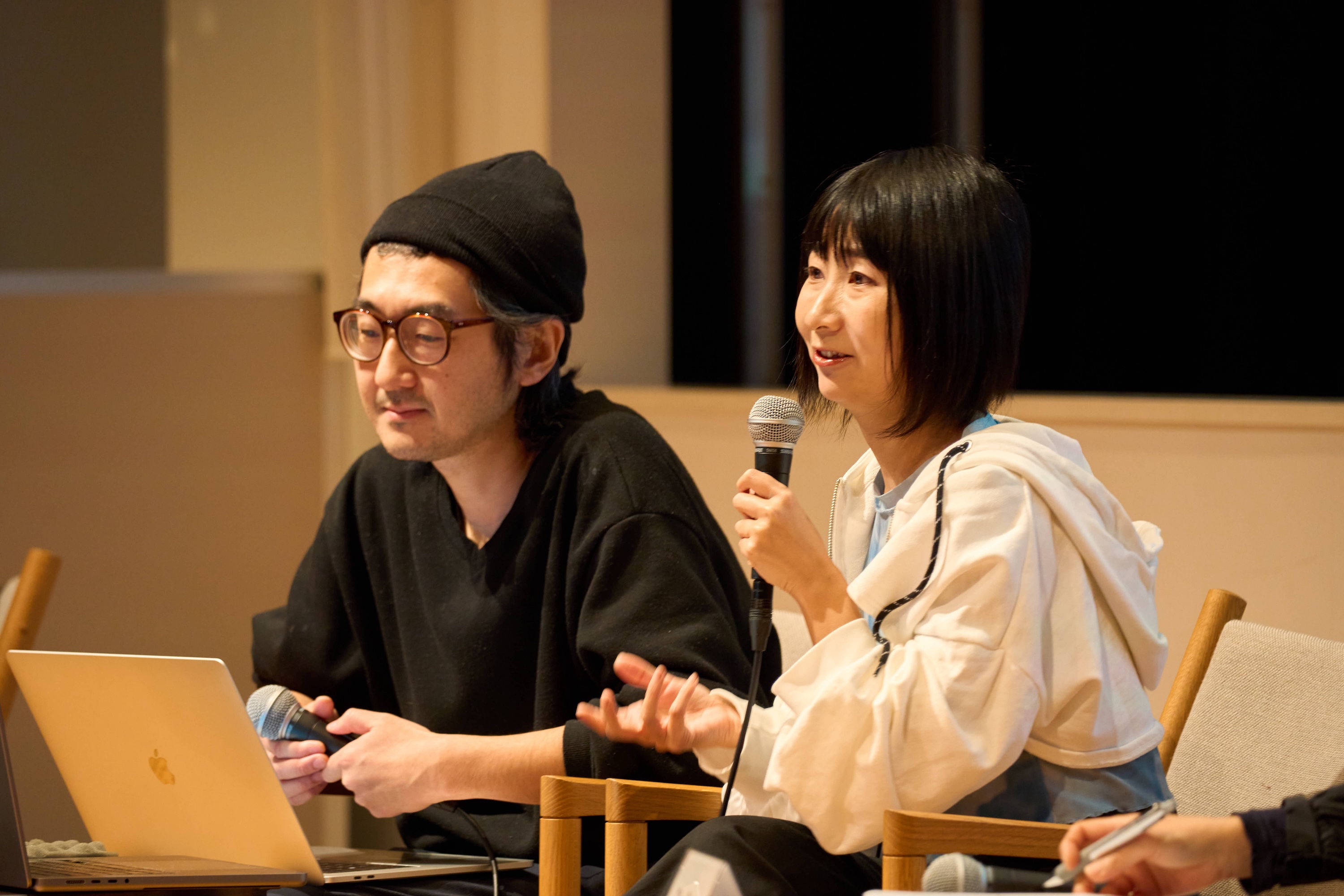
First, they seek encounters with people and things rather than simply meeting those they want to research or asking questions. They deliberately choose abstract and circuitous routes, avoiding haste. Second, they emphasize non-verbal communication over-reliance on words or language. Third, in an age where information from around the world is instantly accessible via the internet, they value visiting locations in person and directly experiencing them rather than relying solely on online sources. During their residency productions, they endeavor to experience what the locals cherish and "install" it within themselves to output it as artwork.

Jieun Cho: Performance born from interaction with haenyeo (female divers)
A member of the artist collective ikkibawiKrrr, Jieun Cho lives in Seoul, South Korea. Cho introduced work born from research involving conversations with female divers (haenyeo) who free-dive for sea cucumbers, abalones, and seaweed.
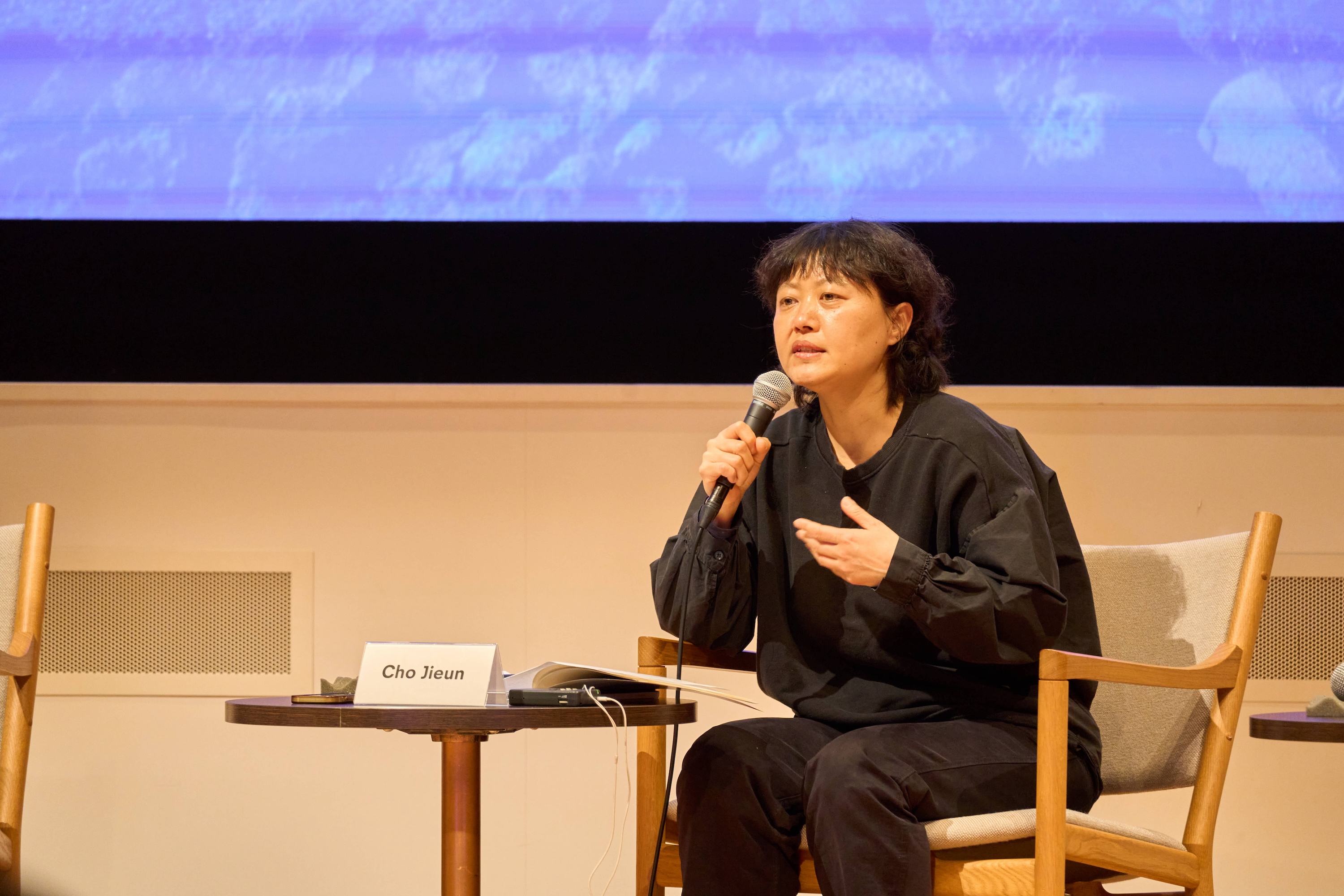
While the lives of Jeju Island's female divers have been extensively researched from angles such as the harsh conditions they have endured throughout history and events like the Korean War and the 1948 "4.3 Incident," Cho inquired about how these women perceive the sea and what situations arise underwater. Drawing on their everyday conversations, non-verbal communication underwater, and the wisdom of life-threatening fishing techniques passed down orally, Cho incorporated various fishing movements into dance choreography for each catch and presented them as performance pieces with Jeju Dance Art Center.
Cho discovered the unique experiences and trusting relationships among the Jeju Island divers, which were then realized through performances and subsequent workshops, representing significant learning experiences.

Akira Takayama: Inviting "others" into a work created through research
As the theater unit Port B leader, director, and artist, Akira Takayama has expanded projects beyond existing theatrical frameworks to intervene in real cities and societies worldwide. Collaborating with different fields, recent projects like the tour-style performance in the Beitou area of Taipei, Beitou Heterotopia, and the Tokyo School Excursion Project, which mimics the school trip and retraces the history of Tokyo, have applied theatrical concepts to tourism and education based on the educational theater of German playwright Bertolt Brecht, with modern and critical research being crucial.
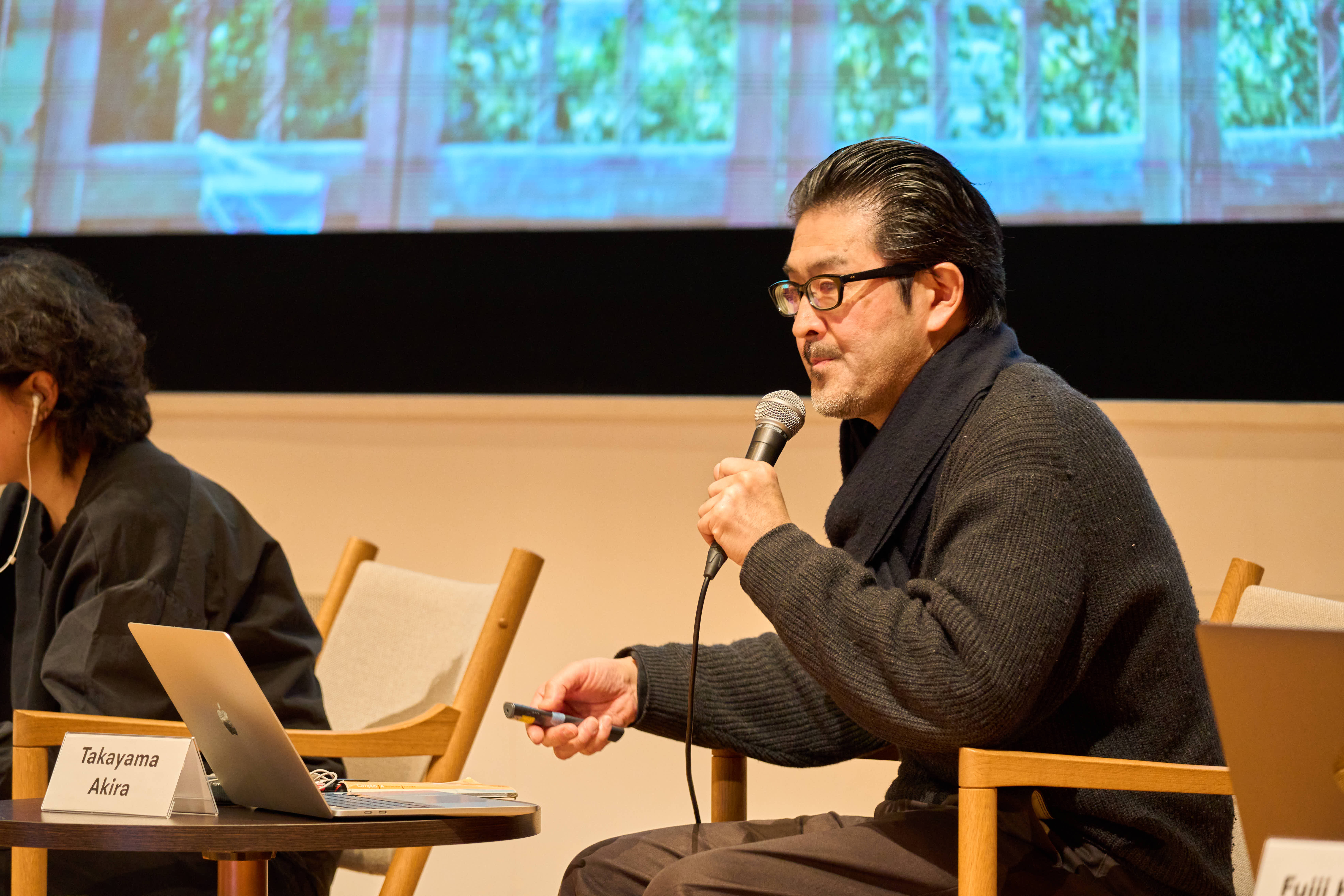
A common thread in both projects is inviting "others" into the scenarios created through research. In the performance, Beitou Heterotopia, set in the hot springs area of Beitou, Taiwan, the "others" are the drivers of local transportation bikes used by the participants. In the Tokyo School Excursion Project, refugees accompany the participants as guides, providing insights from the perspective of "others."

Hikaru Fujii: The idea of "multiple truths based on facts"
Local choreographers and dancers recreated a rebellion in ancient Greece based on archaeological and anthropological investigations and interviews by experts. Hikaru Fujii presented The Primary Fact (2018) as an installation including reenactments.
Building on this, Fujii overlaid histories of cultural assets rescued from museums in Fukushima and Paris with reflections and questions on narrating disasters, culminating in Anatomy Classroom (2020). Additionally, in Saeki City, Oita Prefecture, he engaged citizens in theater and filmmaking workshops to reexamine World War II and the end of the war, resulting in the art piece War Is Over (2024).
Fujii's work involves researching a wide range of historical materials worldwide and presenting them as artworks that reflect on his research process.
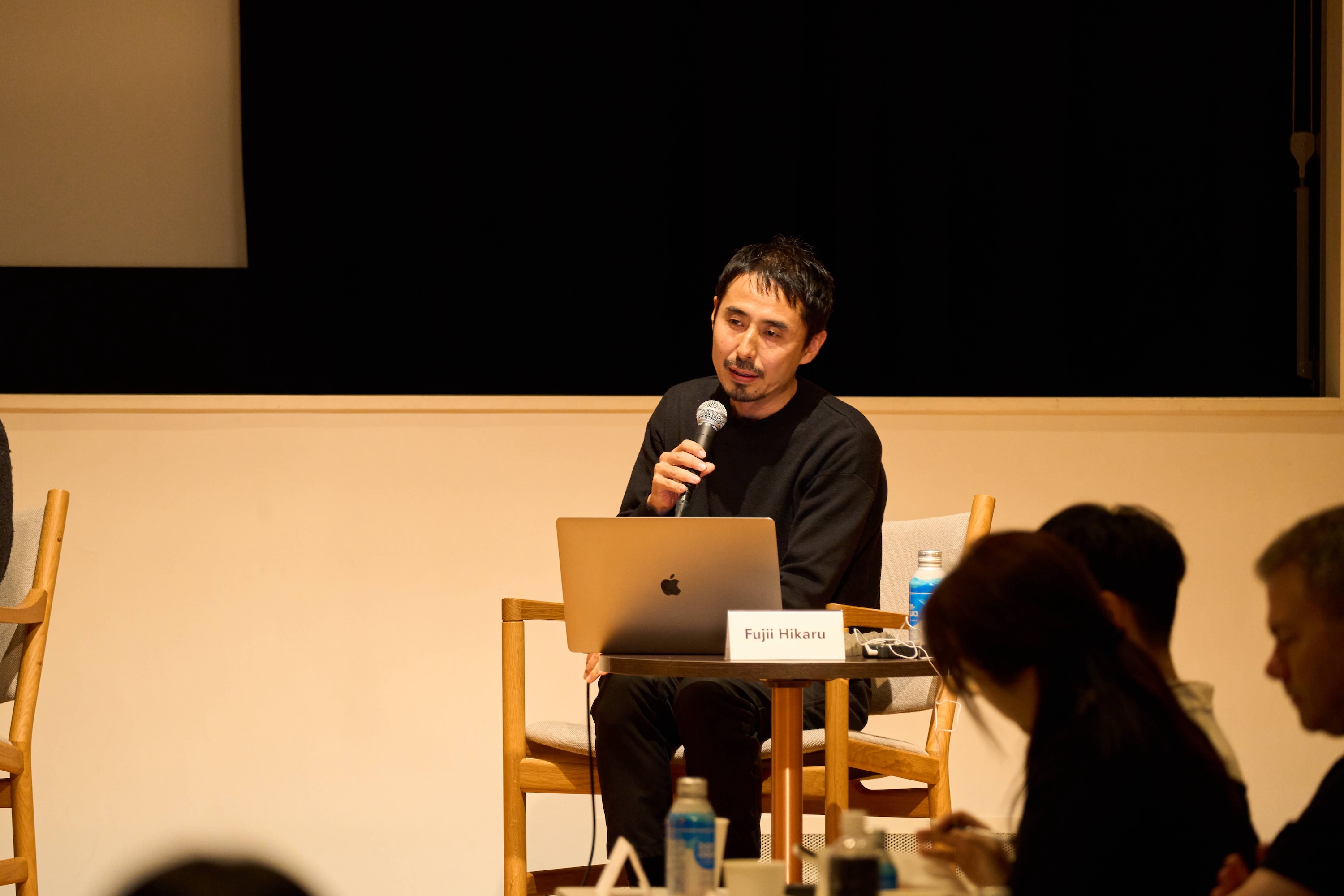
Notably, his episode with archaeologists during research is intriguing. He noted, "They say they only need facts and knowledge; truth is secondary because there are multiple truths based on facts." This observation suggests a significant insight into a contemporary society where hypotheses can become facts via social media, blurring the lines between hypotheses, fiction, truth, and facts and capturing clues to navigate a confused society.
Discussion: "Conflict," "nonverbal," and "stakeholders"
The latter part of the session evolved into a discussion while responding to questions from participants, providing unique perspectives from speakers who have conducted research domestically and internationally.
For instance, in response to a query about handling "conflicts" with project partners, Kyun-Chome mentioned that they anticipate disagreements and ensure flexibility to adapt. Cho mentioned that conflicts may arise depending on priorities but are resolved or adjusted, progressing towards the same goals and projects together.
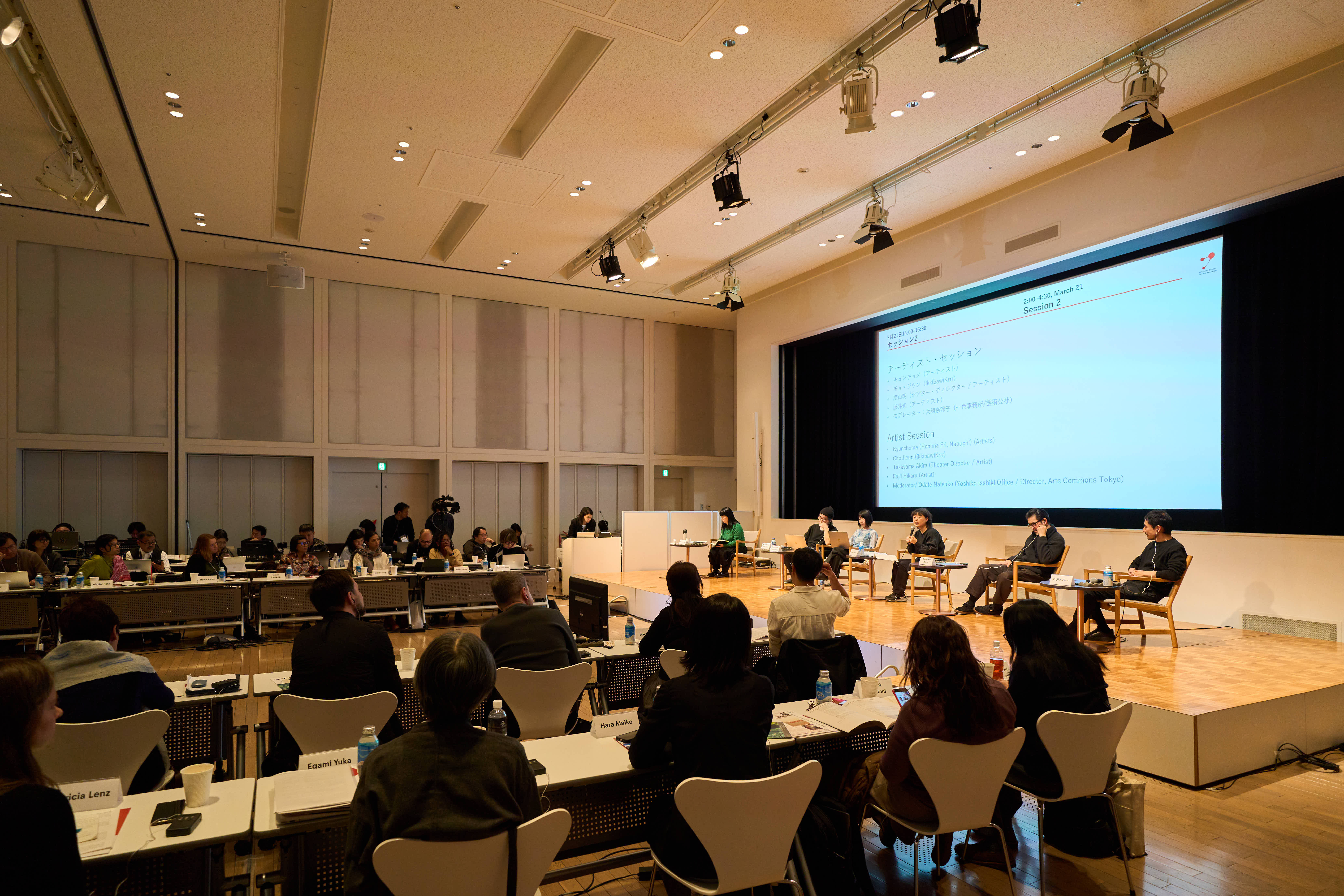
Takayama noted that conflicts are inevitable when creating work, but with age, he has become gradually better at managing them with age. He expressed a willingness to challenge situations that might lead to conflicts, such as collaborations with corporations or governments, by handling fundraising and project launches themselves.
Furthermore, Hikaru Fujii pointed out the conflicts inherent in finished works with society from a macroscopic perspective. He discussed the conflicts arising from societies attempting to erase or forget histories underlying artwork, emphasizing the importance of considerations for the other party and maintaining ethical boundaries.
However, Kyun-Chome brought up a non-anthropocentric perspective, highlighting how humans are inevitably powerless against conflicts with nature. They suggested that artists should consider such perspectives, which is an essential point.
The question about the limitations of nonverbal input and output posed towards the end of the session was unique, given the multilingual nature of the discussion.
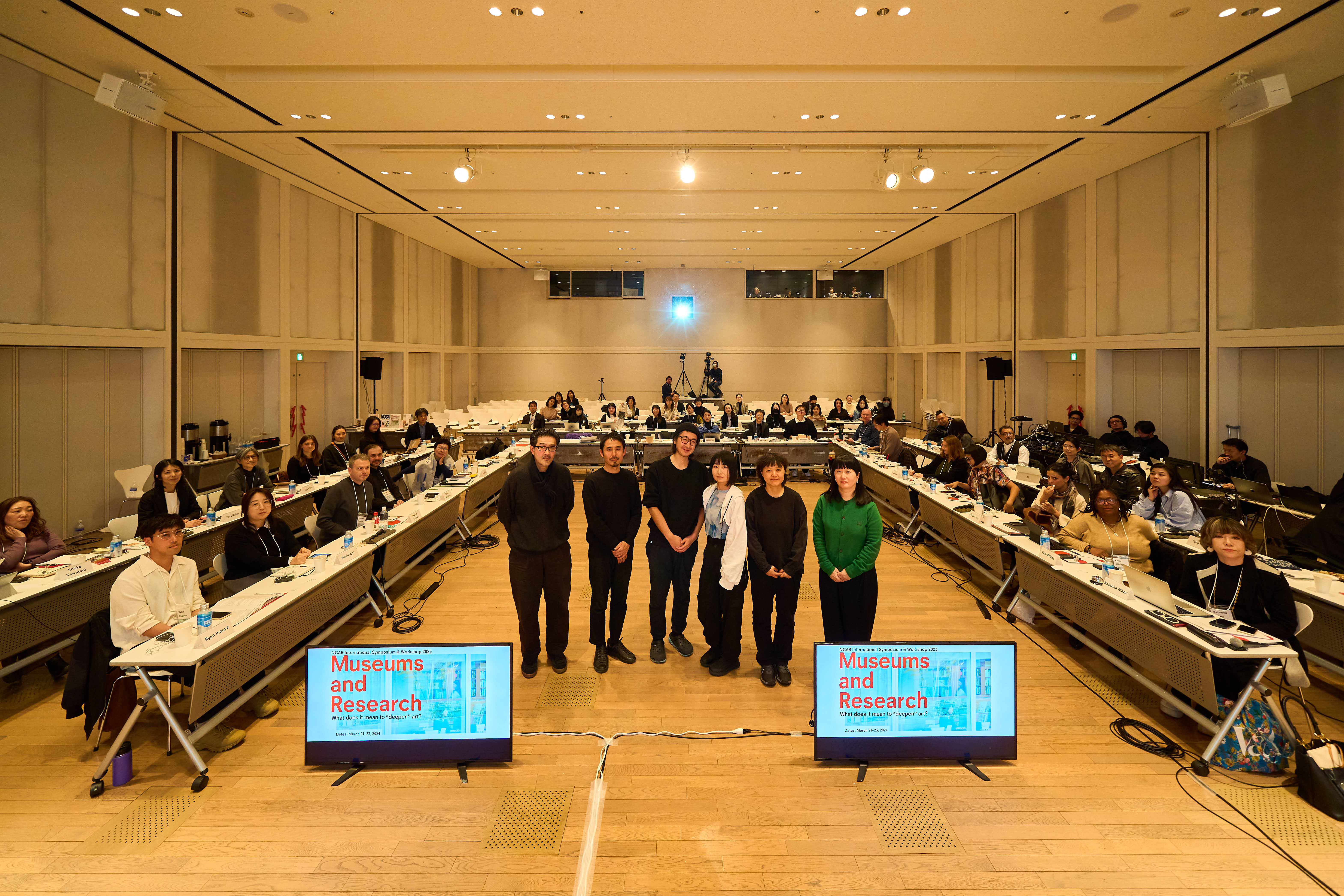
Drawing from verbal oral research, Cho mentioned the necessity of language for dialogue but emphasized that mutual expression and empathy occur in nonverbal situations, underscoring the importance of shared experiences, such as those of the female divers.
Lastly, the term "stakeholders" was raised towards the end. While all speakers acknowledged it as complex and challenging, Fujii emphasized the importance of imagination, while Takayama highlighted the ability to think from others' perspectives and to think beyond oneself as essential aspects of being a stakeholder.
The artists who participated in the session have transformed their research perspectives into artwork and presented them to society. The session provided a tangible opportunity to receive their questions, realizations, and triggers for imagination through their work, making it a truly engaging experience.
Find more articles on the "NCAR International Symposium and Workshop 2023":
Naomi



